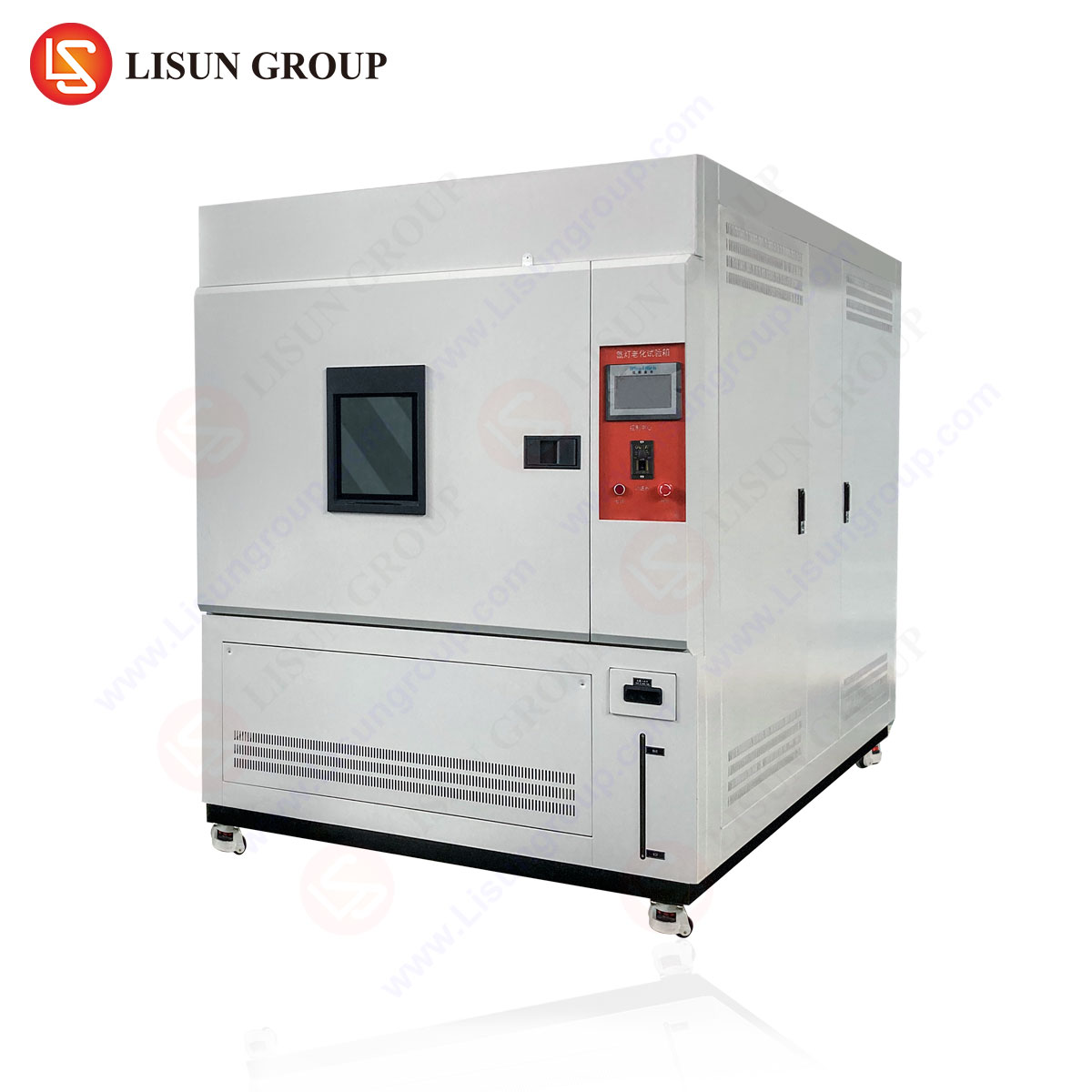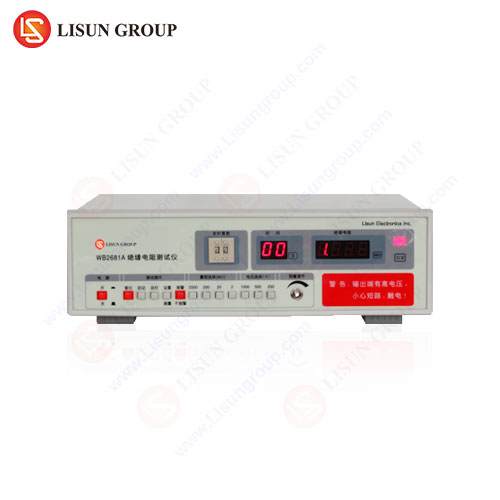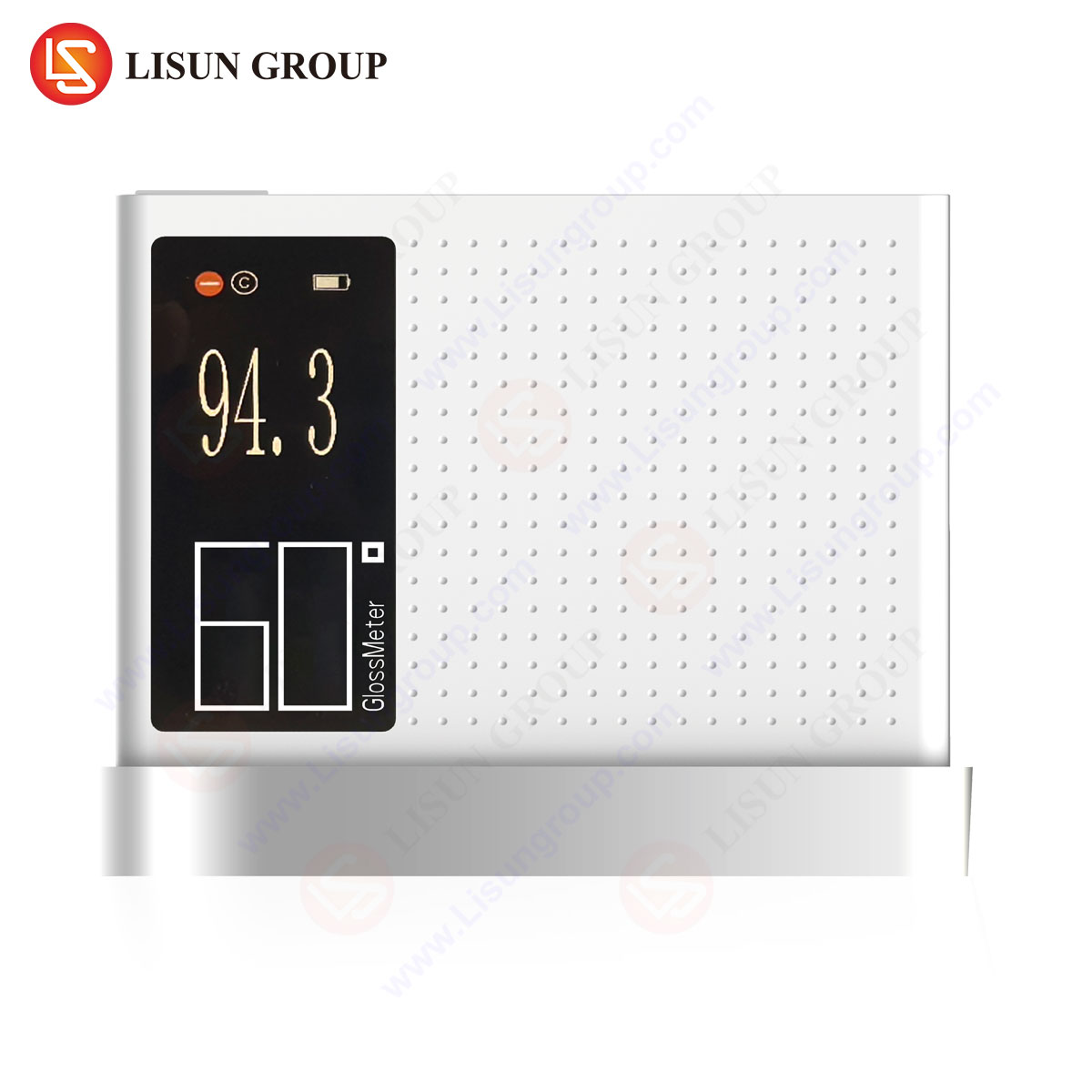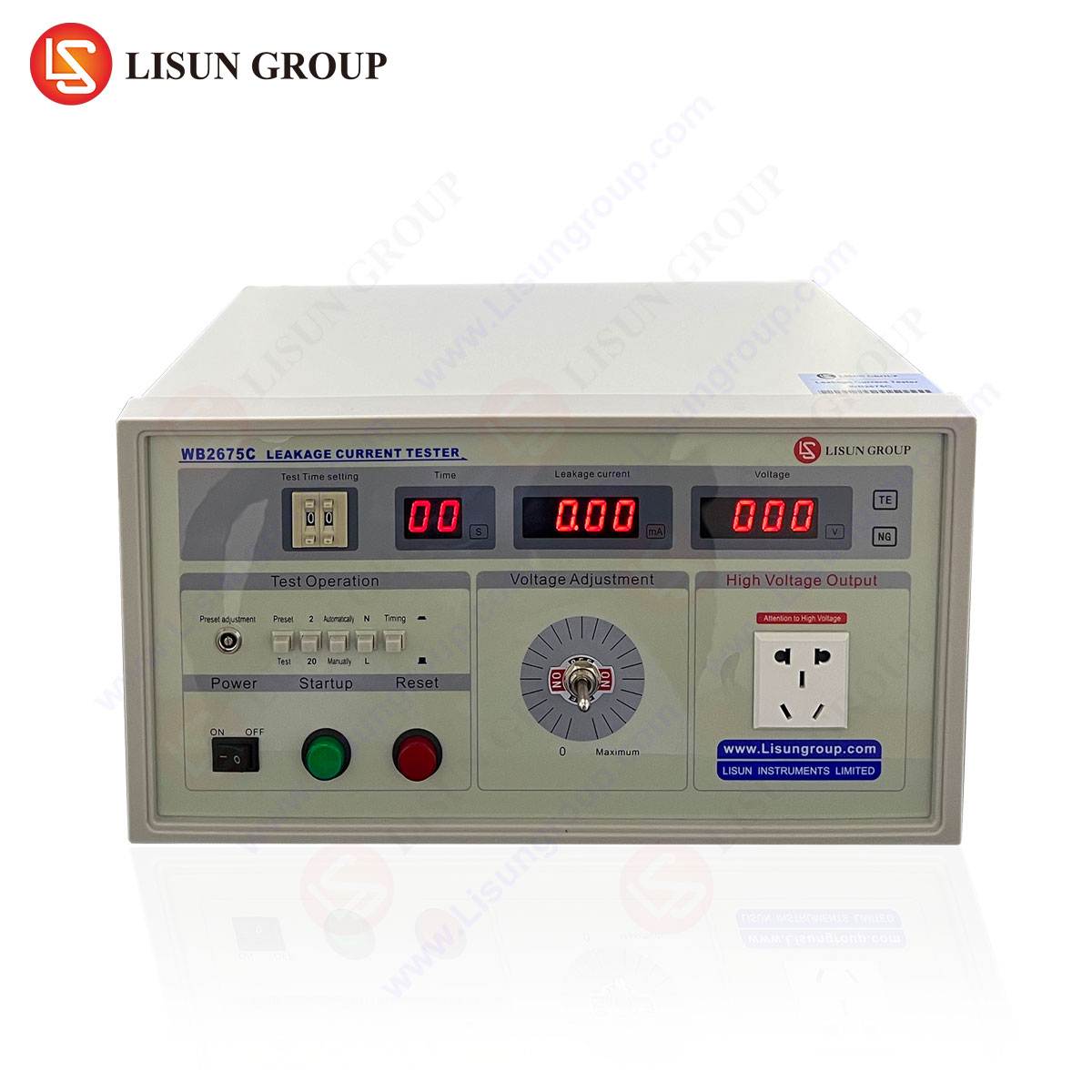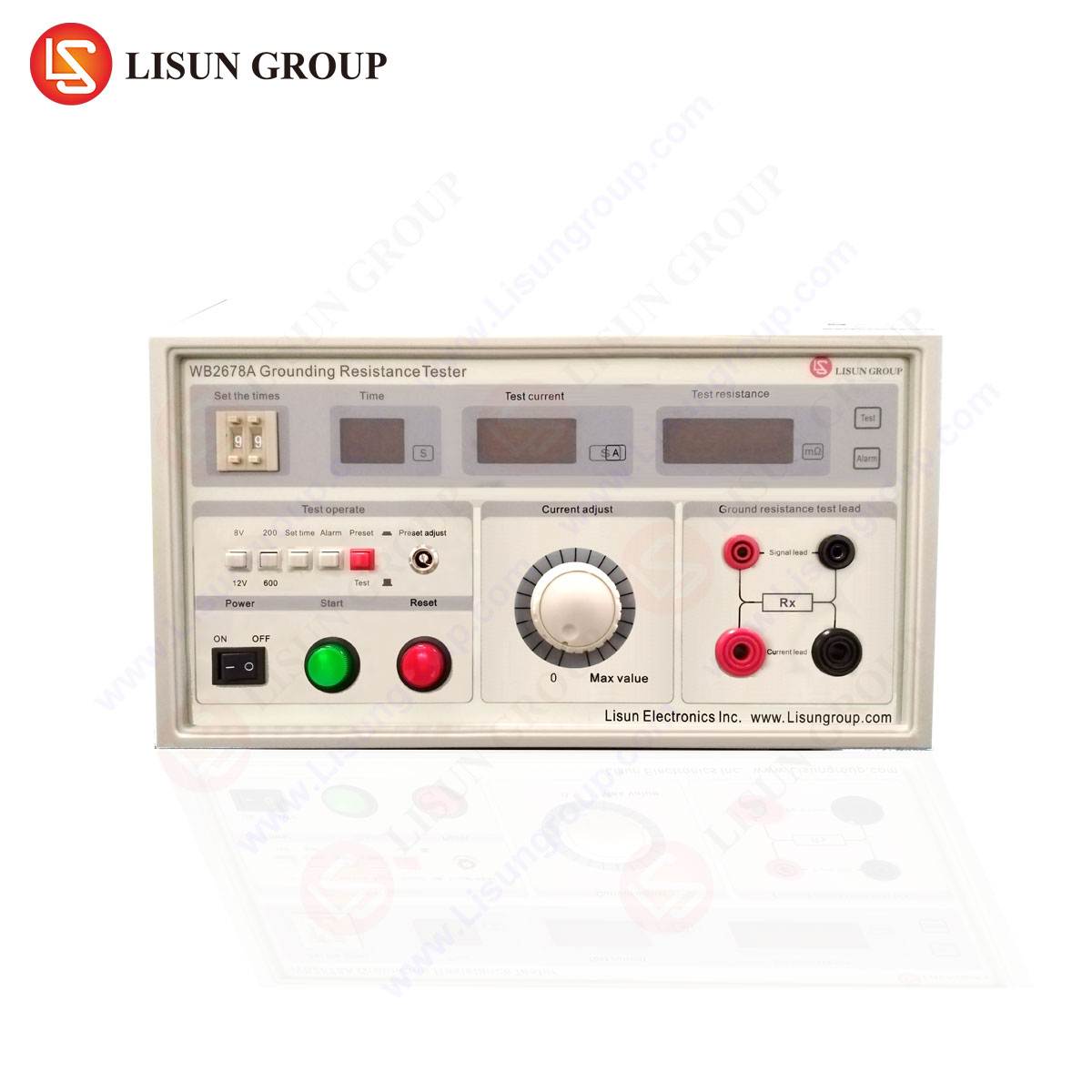Introduction to Dielectric Strength and Its Industrial Significance
Withstand voltage testing, also known as dielectric strength or hipot testing, is a fundamental electrical safety evaluation method designed to verify the insulation integrity of electrical and electronic components. This test subjects a device to a high voltage, significantly exceeding its operational limits, to ensure it can endure transient overvoltages without breakdown. Industries ranging from household appliances to aerospace rely on this assessment to mitigate risks of electric shock, fire hazards, and equipment failure.
The WB2671A Withstand Voltage Tester ile LİSUN exemplifies precision in this domain, offering automated testing with compliance to IEC, UL, and other international standards. Its applications span across medical devices, automotive electronics, and industrial control systems, ensuring adherence to stringent safety protocols.
Fundamental Principles of Withstand Voltage Testing
The test involves applying an elevated AC or DC voltage between conductive parts and insulation barriers for a predetermined duration. A successful test confirms that no excessive leakage current flows, indicating robust insulation. Key parameters include:
- Test Voltage: Typically 1.5 to 3 times the rated voltage.
- Duration: Usually 1 minute for certification, though accelerated tests may use higher voltages for shorter periods.
- Leakage Current Threshold: Failures occur if current exceeds permissible limits (e.g., 5 mA for medical devices per IEC 60601).
The WB2671A integrates programmable voltage ramping, arc detection, and real-time monitoring, ensuring accuracy across diverse test scenarios.
Regulatory and Safety Imperatives for Withstand Voltage Testing
Global standards mandate dielectric strength validation to prevent catastrophic failures. Key regulations include:
- IEC 61010-1 (Safety requirements for electrical equipment for measurement, control, and laboratory use).
- UL 60950-1 (Information technology equipment safety).
- IEC 60601-1 (Medical electrical equipment).
Non-compliance risks recalls, legal liabilities, and reputational damage. For instance, defective insulation in household appliances could lead to electrocution, while automotive electronics failures may trigger malfunctions in critical systems like braking or battery management.
Industry-Specific Applications of Withstand Voltage Testing
Medical Devices: Ensuring Patient and Operator Safety
Medical equipment, such as defibrillators and MRI machines, must withstand high voltages without leakage. The WB2671A’s precision ensures compliance with IEC 60601, mitigating risks in life-critical environments.
Automotive Electronics: Preventing Failures in Harsh Environments
Electric vehicles (EVs) utilize high-voltage battery systems where insulation breakdown could cause thermal runaway. Withstand voltage testing validates components like inverters and charging ports under extreme conditions.
Aerospace and Aviation: Reliability Under Variable Pressures
Components in aircraft must endure rapid pressure changes, which can weaken insulation. Testing ensures reliability in avionics and power distribution systems.
Lighting Fixtures and Consumer Electronics: Preventing Fire Hazards
LED drivers and power supplies are tested to avoid short circuits that could ignite flammable materials.
Technical Advantages of the WB2671A Withstand Voltage Tester
The WB2671A kendini farklılaştırır:
- Wide Voltage Range: 0–5 kV AC/DC, suitable for low- and high-voltage applications.
- Yüksek Doğruluk: ±3% voltage stability with 0.1 mA current resolution.
- Automated Testing: Programmable sequences reduce human error in mass production.
- Çoklu Standart Uyumluluğu: Supports IEC, UL, GB, and JIS standards.
Its arc detection feature identifies partial discharges, a critical factor in cable and transformer testing.
Comparative Analysis: Why Traditional Methods Fall Short
Manual hipot testing lacks repeatability and exposes operators to high-voltage risks. The WB2671A automates calibration, reducing variability and enhancing throughput in quality control labs.
Case Study: Implementing Withstand Voltage Testing in Cable Manufacturing
A leading cable producer integrated the WB2671A to test insulation in high-voltage power cables. Post-implementation, defect rates dropped by 22%, and compliance with IEC 60502-1 was consistently achieved.
SSS Bölümü
Q1: What is the difference between AC and DC withstand voltage testing?
AC testing evaluates insulation under realistic operating conditions, while DC testing is used for capacitive loads like cables to avoid charging currents.
Q2: How often should withstand voltage tests be performed?
Routine testing is required during production, with periodic re-testing for long-term reliability assessments.
Q3: Can the WB2671A test both solid and flexible insulation materials?
Yes, its adjustable parameters accommodate diverse materials, from PVC sheathing to ceramic insulators.
Q4: What safety features does the WB2671A include?
Overcurrent protection, emergency stop, and automatic discharge after testing ensure operator safety.
Q5: Is the WB2671A suitable for testing medical-grade power supplies?
Absolutely, it meets IEC 60601-1 requirements for leakage current and dielectric strength.
By integrating advanced withstand voltage testing, manufacturers safeguard product reliability while adhering to global safety mandates. The WB2671A stands as a pivotal tool in achieving these objectives across industries.


